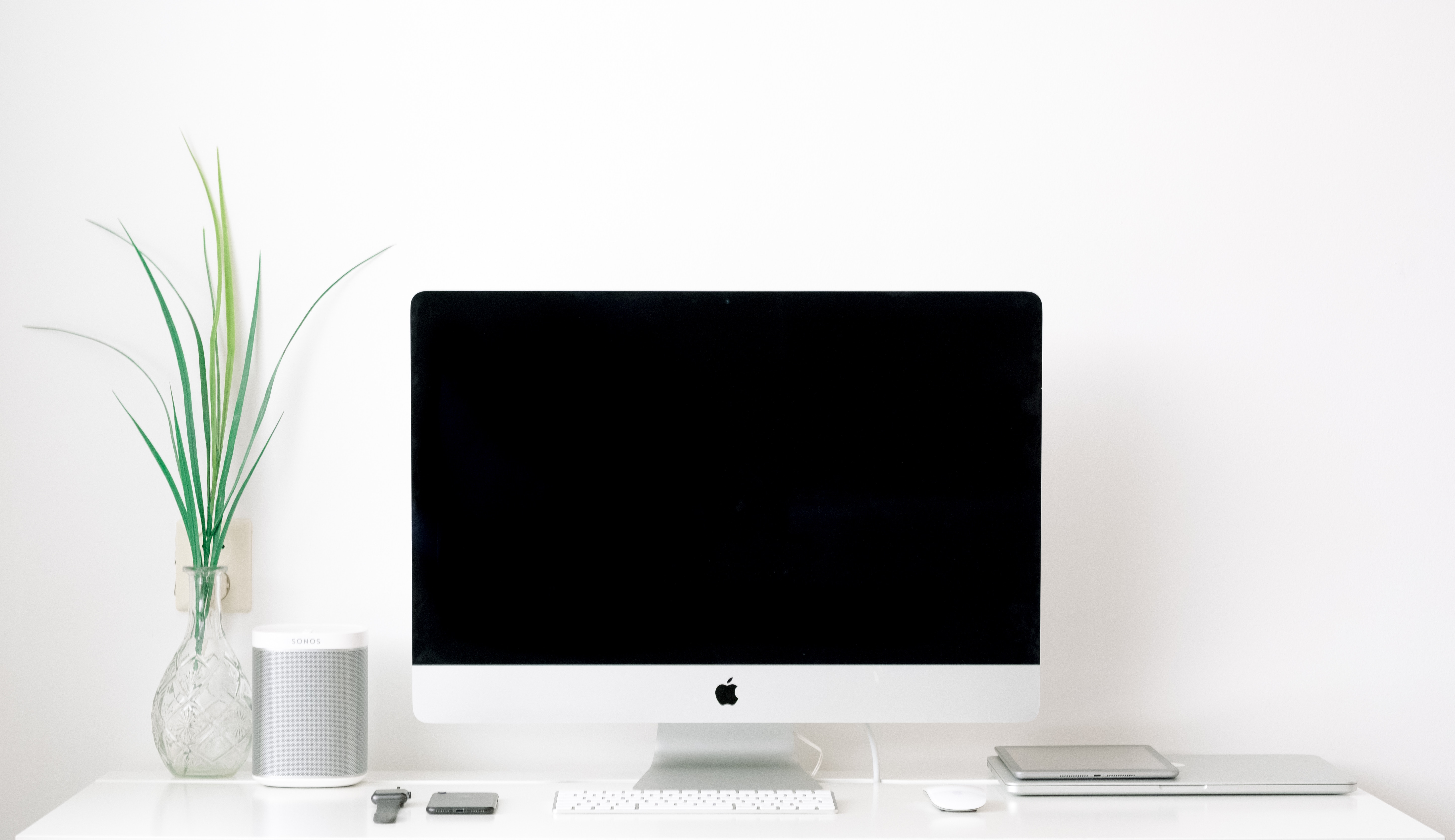During the four years I worked as a repair technician for iPhones and MacBooks, I heard lots of apologies and stories from people who brought their completely destroyed iPhones for repair on how they accidentally damaged the device.
Initially, I thought they were apologizing to me but I later realized that they were not apologizing to me but to themselves. About 90% of clients I asked about backing up their iPhone indicated that they never backed up their device in recent months. You can ponder about that. We're currently living in an era where we have most of our data stored on our phones, which are really fragile and not waterproof (talking about 2007 - 2016 models of iPhones) from my experience.
Most people do not, however, consider what could happen to their data if their phones get stolen or irreparably damaged. Hence, I started a mission to enlighten my clients on the importance of backing up their data so they can easily retrieve them when their device is stolen, misplaced or accidentally damaged.

Portable iOS devices (iPhones, iPads and iPods)
Nowadays, most iPhones and iPads come with a storage capacity ranging from 32 to 512 GB. I always recommend the use of iCloud, which I believe is the simplest method, for backing up these devices. All iCloud users automatically get free 5 GB of storage but you can't actually back up a lot of content with such limited storage space.
iCloud backup
iCloud prices are 0.99€ for 50GB, 2.99€ for 200GB and 9.99€ for 2TB (check prices in your country). From my experience, I have realized that you can rely solely on iCloud backup as your only backup solution. Think about it in a way that you can have photos from your firstborn and other important files in your phone backed up per month for the price of a cup (or ten) of coffee.
When using iCloud backup, I recommend charging your iPhone every night to ensure it is always backed up because backups are uploaded only when the iPhone is charging and connected to a Wi-Fi. Also, always change or renew the credit card linked to your Apple account when it expires to ensure that your device is always backed up. Apple will always notify you about this via emails so you can always be informed.
Guidelines for setting up iCloud backup on your iDevice.
iTunes backup
iTunes is another viable backup option that can be used by those who do not trust clouds and want to have absolute control of their backups. It is also a viable option for those who don't have a credit card. However, you will need a hard drive with lots of storage space on your computer to save all the backups.
How often should you back up your device? I recommend that you back up at least once every week, keep a backup from the previous week and delete others, especially if you don't have a hard drive with large capacity. I also suggest that you back up your phone as well as your computer daily if you always travel with your computer.
In order to make use of iTunes backup, you have to first download iTunes and then just follow Apple's guide.
macOS devices
It is quite easy to back up data on your Mac computer with any of the several available options, which include:
Time Machine automatic backups
Cloud solution: BackBlaze*, iCloud, ...
Copying files to external storage
Time Machine backups
In order to use this option, you will need:
an external USB, Thunderbolt, or FireWire drive connected to your Mac
an external drive connected to a router that supports Time Machine protocol
Mac shared as a Time Machine backup destination
Network-attached storage (NAS) device that supports Time Machine over SMB
It is quite easy to set up and restore data from Time Machine. I would suggest you visit Apple's help guide for a detailed guide on how to do that.
I make use of three Time Machine backups. Two of them are standard external HDDs that I connect to my Mac every month and disconnect from the Mac for the rest of the time. One HDD is close to my Mac while the other HDD, which I usually connect with my Mac once per month, is kept in an undisclosed location. The third Time Machine is on my Synology server and it runs every time my MacBook is awake.
I suggest that you should always buy an external HDD with at least 3 to 4times the size of your Mac's HDD. For instance, you should purchase a 1TB external HDD if your Mac has 256GB HDD.
Cloud solution
I personally make use of BackBlaze cloud solution (my referral link) to automatically back up all my data. The convenience of a remote backup is in insuring your data against loss that may easily occur when the computer, in which data are backed up, get damaged or stolen.
Restoring files from a cloud is not really a problem if you have a good internet speed of at least 100Mbps. Another option of retrieving your data is by getting it sent to you on an external HDD from Backblaze or similar service providers via courier. This is definitely more expensive and you can opt for this option, depending on how fast you need your data.
Copying files to external storage
This option is very straightforward and the least safe one. It's OK to use it in saving a few files but it will become difficult when you're backing up lots of files. However, the choice is always yours to make.
Conclusion
You may think I'm paranoid for having lots of backup options but as I said earlier, it's a professional measure and it's also because I am actually paranoid. I have described all the viable options for backing up Apple devices and I hope that you'll start backing up your data using any or all of these options.